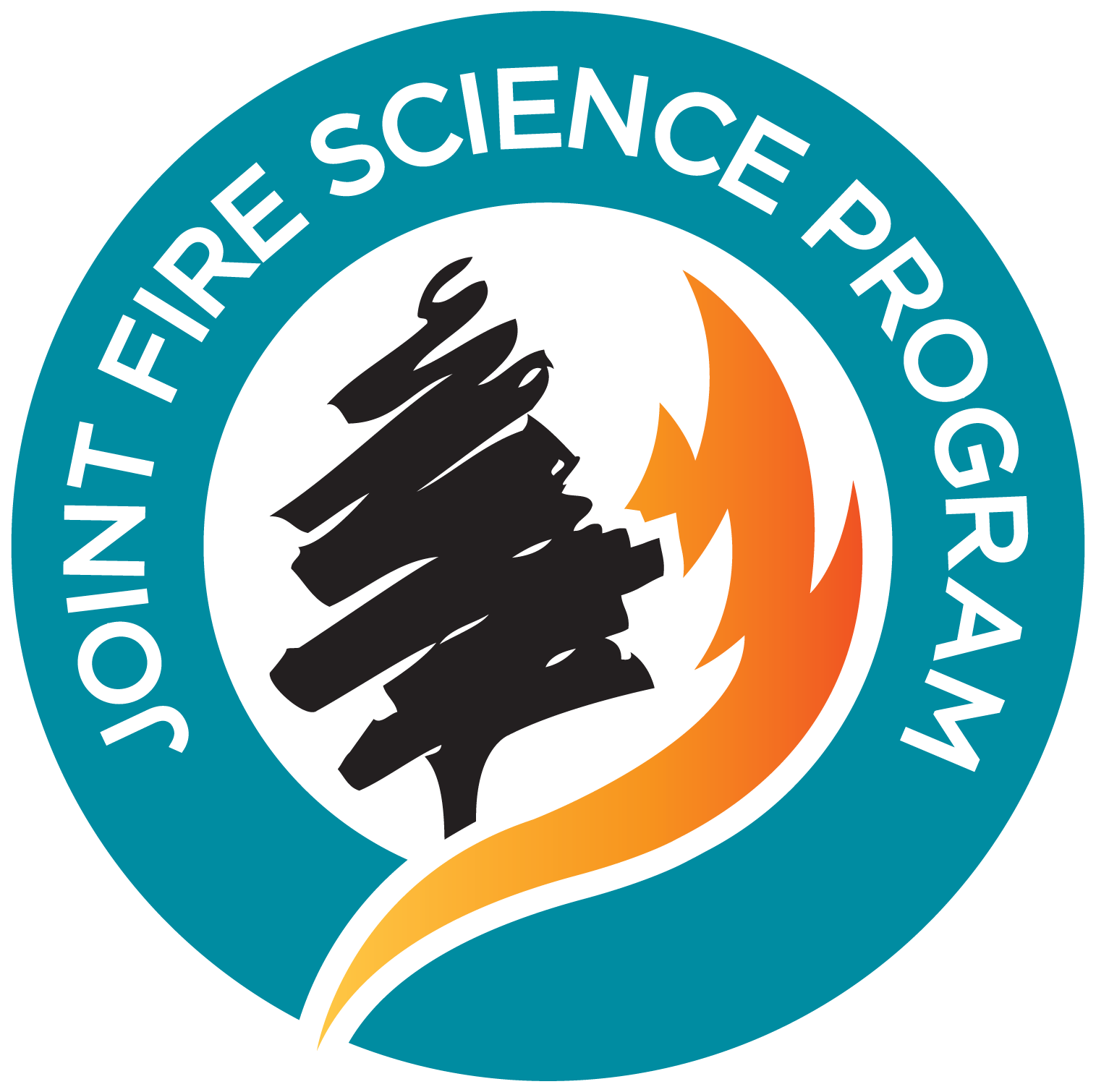United States Joint Fire Science Program

Joint Fire Science Program Synthesis Reports
Date of this Version
2011
Document Type
Article
Citation
Joint Fire Science Program Synthesis Reports, 2011
JFSP Project Number 09-2-01-20
Abstract
Fuel treatments in riparian areas pose distinct challenges. Riparian areas are protected by administrative regulations, many of which are largely custodial and restrict active management. However, riparian areas have also been affected by fire suppression, land use, and disturbance and manipulative treatments of fuels may be needed to maintain riparian biodiversity and restore valued functions. This project is a synthesis of the current knowledge regarding fuels treatments in riparian areas of the interior western USA. It summarizes the most recent scientific literature, but also incorporates the practical knowledge gained by resource managers who have been utilizing different techniques to reduce riparian fuels. Because riparian fuel treatments are a fairly new management strategy, we set out to document their frequency, extent, efficacy, and potential ecological effects on federal lands in the western United States by conducting an on-line survey of resource managers from the USDA Forest Service, and USDI Fish and Wildlife Service, Bureau of Land Management, and National Park Service. We found that active fuels management in riparian areas is increasingly common across all agencies, although about 70% of the treated riparian areas were included as part of upland projects. The most common primary project objectives were hazardous fuel reduction (57% of respondents) and habitat restoration (55% of respondents); however, most projects had multiple objectives. Although prescribed fire is the most frequently used treatment in riparian projects, treatment combinations—which include sequences of burning, mechanical thinning, scattering, and pile burning—are also common. Similar to upland projects, the primary constraint to planning and implementation is the potential occurrence of federally-listed species in the project area. Additional concerns and constraints varied with agency and region.
Treating fuels in riparian areas is a topic where the state of the practice has preceded the state of the science. To incorporate practical knowledge, we selected projects from the survey participants, visited them to highlight as case studies, and present their on-the-ground lessons learned. Our primary deliverable will be a USDA Forest Service General Technical Report (GTR), where we will also present guidelines on how to integrate ecological knowledge and principles into planning and monitoring riparian fuels projects and provide recommendations for post-treatment streamside management.
Included in
Forest Management Commons, Hydrology Commons, Other Forestry and Forest Sciences Commons, Wood Science and Pulp, Paper Technology Commons


Comments
United States government work